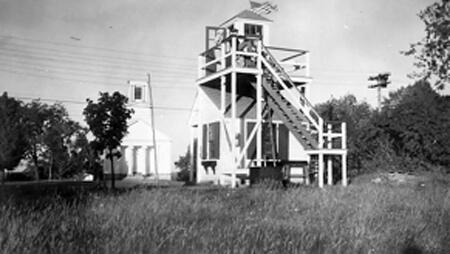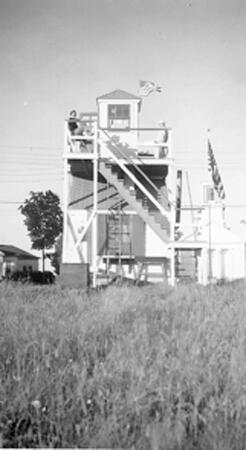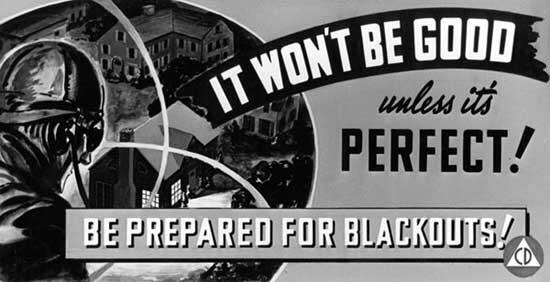by Hans DePold, town historian
(Published in the Bolton Community News, February 2005)
On December 7, 1941, Japan attacked Pearl Harbor and 2,403 Americans lost their lives. On September 11, 2001, 2,940 citizens of several nations lost their lives when the World Trade Center towers fell. Both acts of infamy came from the air and without warning. The images were eerily similar. Ships or skyscrapers were turned into huge burning torches. They would crumble as black billowy smoke rose in great plumes through the twisted steel.
On the bridge of the USS Arizona, "Old Glory" still flew over the sunken U.S. fleet, the spirit of its seamen not vanquished. And even as great plumes of acrid smoke wafted through the steel skeleton of the World Trade Center, heroic firemen raised the American flag. America's patriotic and caring spirit burned ever brighter.
The idea of flying planes into skyscrapers didn't originate with al-Qaeda. Toward the end of World War II, an increasingly desperate Adolf Hitler ordered his engineers to develop a huge plane intended to fly missions over the Atlantic, where it would release a smaller jet bomber designed to fly near the speed of sound. Hitler referred to the plane as the "Amerikabomber." The plans for the smaller bomber it launched clearly showed it lacked landing gear, strongly suggesting that it was a manned suicide bomb.
David Toomey recalls Bolton during World War II. No one knew what to expect next. A tall building was moved from Manchester to the spot just across the green from the town hall. They built a deck around the top of it so that volunteers from Bolton and Manchester could man the tower around the clock and telephone in the position and the heading of any aircraft that were seen. Radar had not been invented and this was our first early warning system.
David remembers the automobiles had the top half of their headlights painted black so that it would be difficult for enemy planes to navigate by following illuminated roads at night. Bolton citizens practiced blackouts so that Bolton could be made invisible when the alarm was sounded. The fire department had no siren alarm at the time so Bolton improvised. The great six-foot diameter wheels of the steam locomotors never wore out because they had steel rims that took all the wear. Bolton acquired four worn locomotor wheel rims and hung them from trees in strategic locations. Sledgehammers were used to beat them like warning bells. One was hanging from a maple tree across from St. Maurice Church at the time.


David remembers that his mother Olive Toomey, the town clerk, was also the clerk of the rationing board. Just enough gas was allowed for people to go about their business. Scrap was collected and children saved their pennies to buy War Bonds. So many people had enlisted that everyone personally knew someone who was serving. There were stories of German submarines off Connecticut's shore, of rockets dropping on London, and of strange enemy jets and rocket planes. Anything seemed possible and the threat seemed close to home.
After the war, Albert Speer, Hitler's minister responsible for arms production, recalled in his diary Hitler's desire to attack the United States. "It was almost as if he was in a delirium when he described to us how New York would go up in flames. He imagined how the skyscrapers would turn into huge burning torches. How they would crumble while the reflection of the flames would light the skyline against the dark sky."
Eternal vigilance of citizens and soldiers alike remains part of the cost of our liberty.
